Trends
For data-driven stories, to appear under “Trends” menu
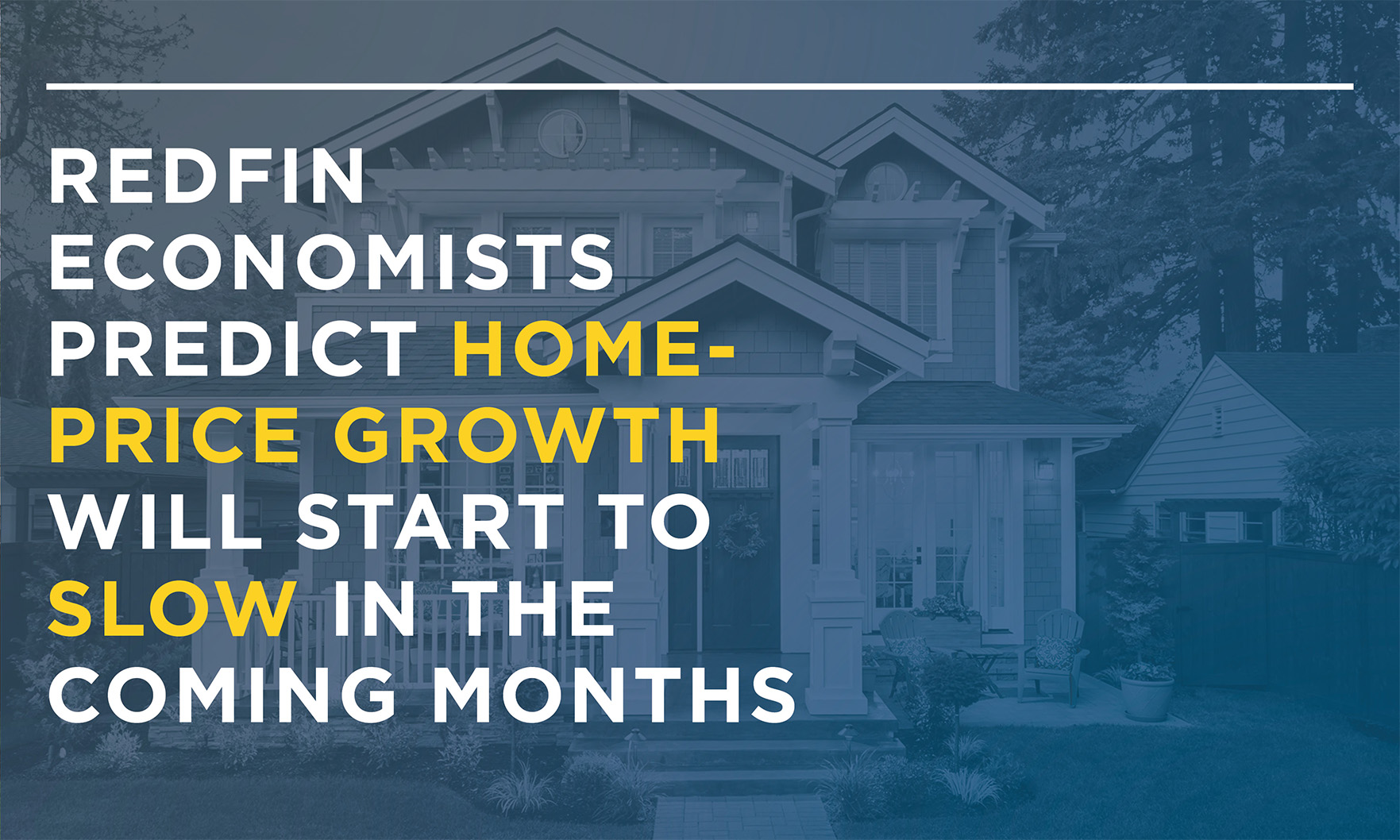
Surging mortgage prices deterring more buyers
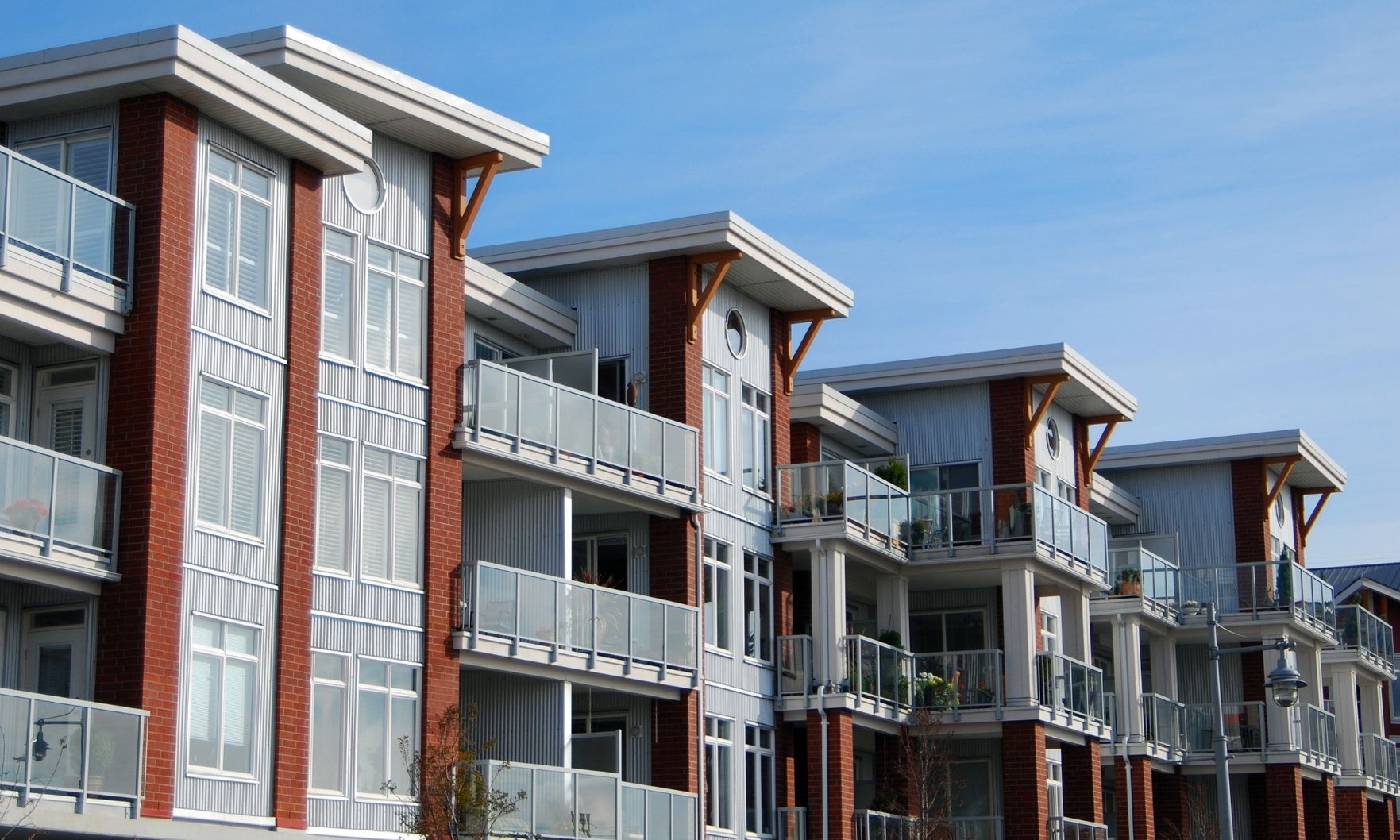
Our expectations and desires have shifted, with renters searching for more space — often at a higher price tag. And, according to a new study from RentCafe, that’s especially true in Seattle.
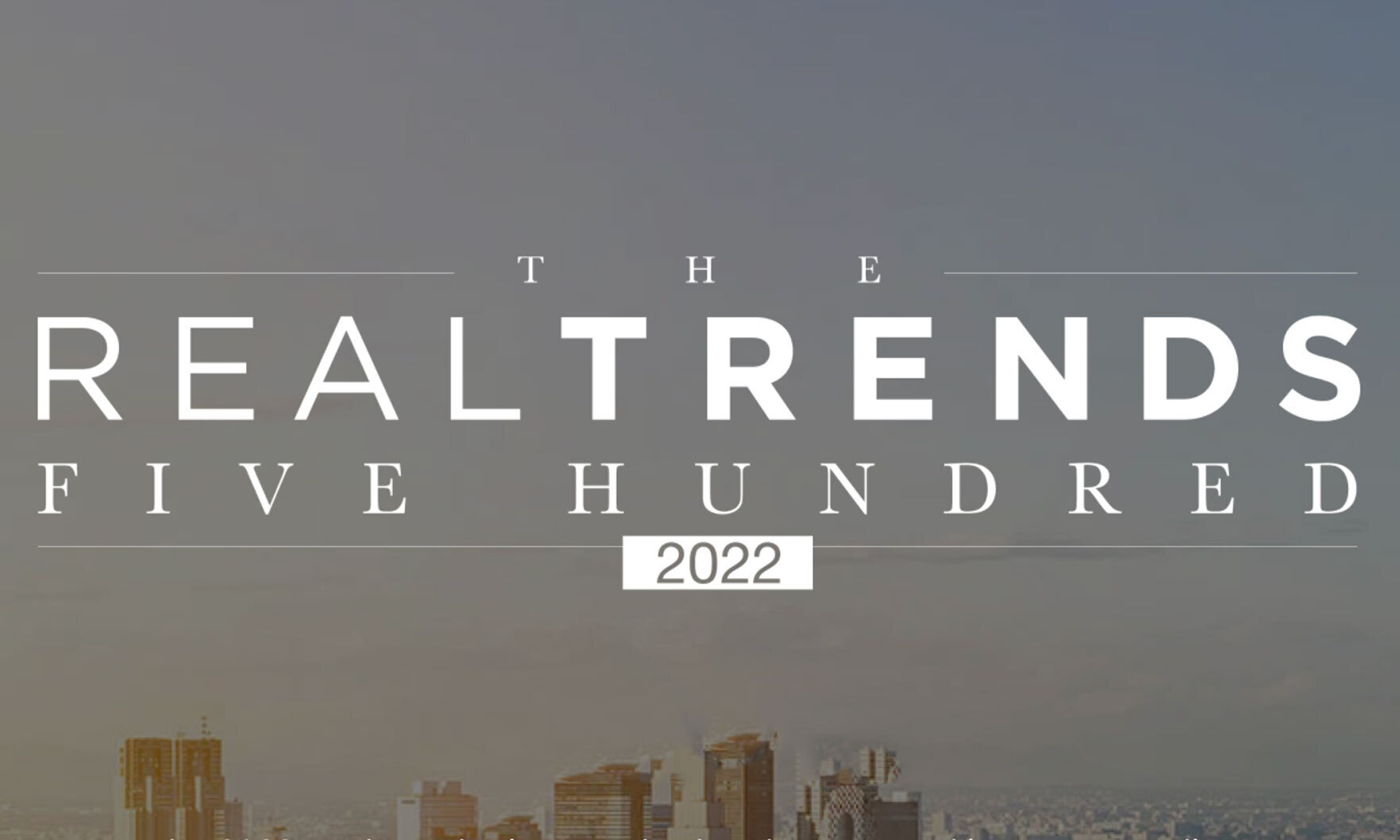
eXp Realty in Bellingham led the way at No. 4 on the list with $132 billion in sales volume and more than 355,000 transactions in 2021.
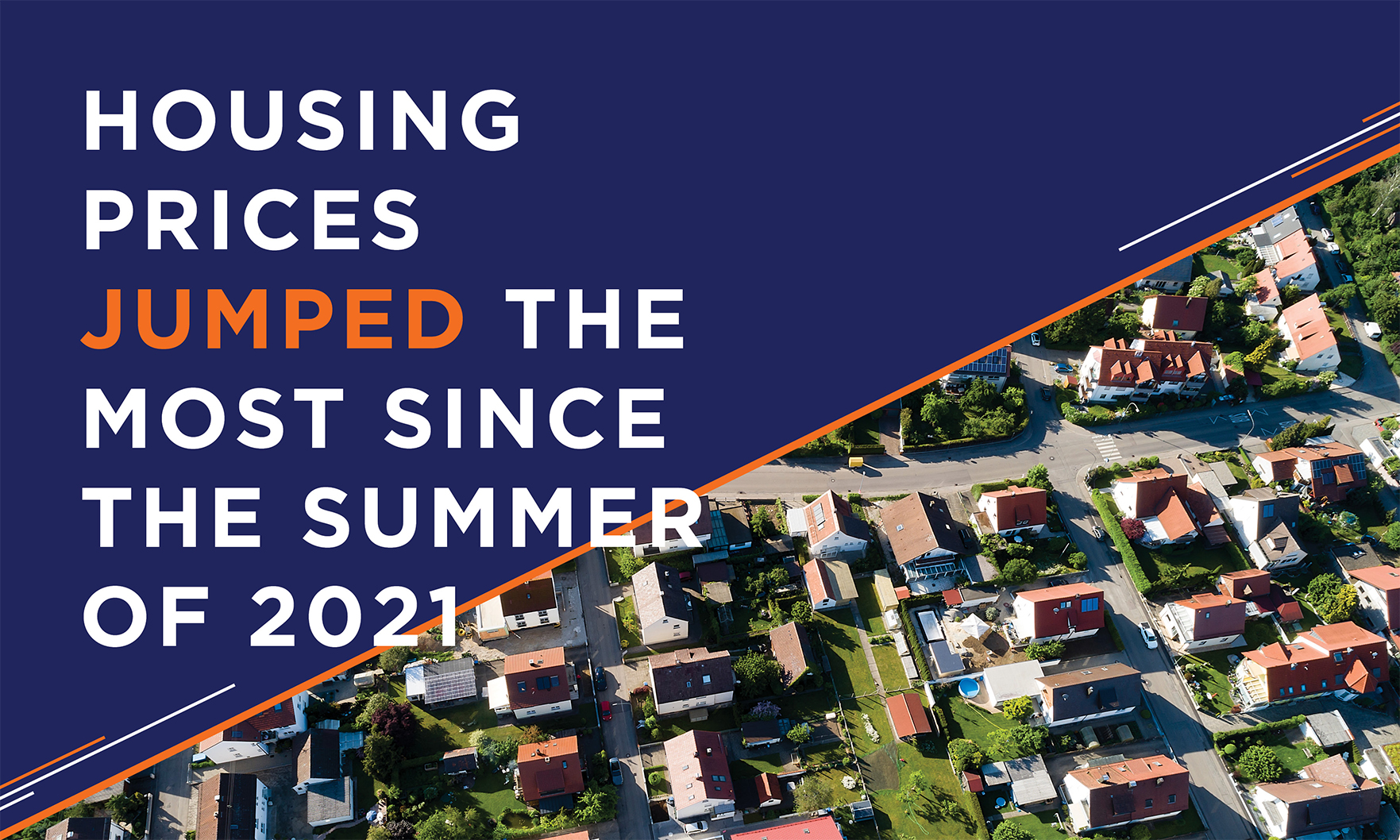
With fewer people putting their homes on the market, prices continue to skyrocket.
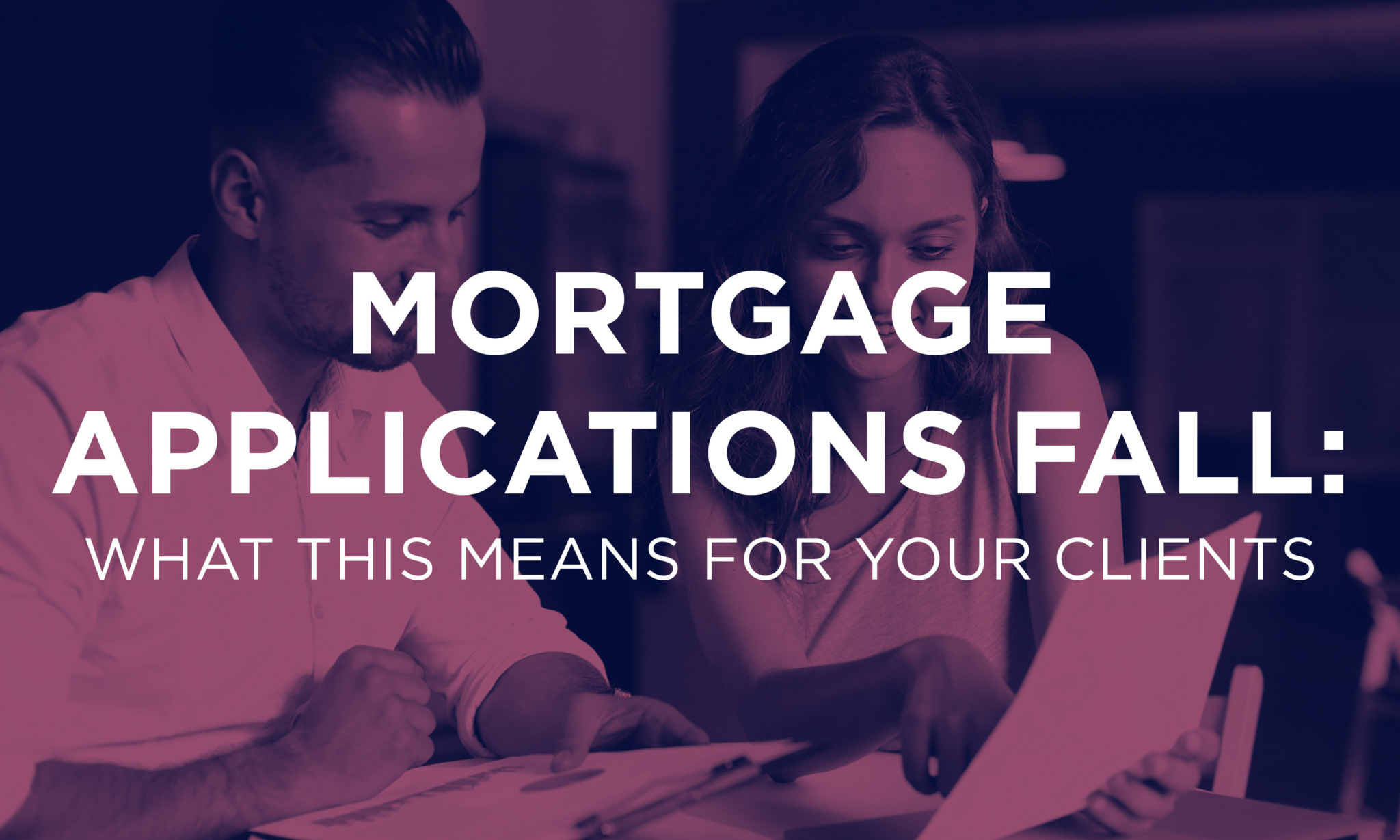
The decrease comes as interest rates continue to climb, according to the Mortgage Bankers Association.
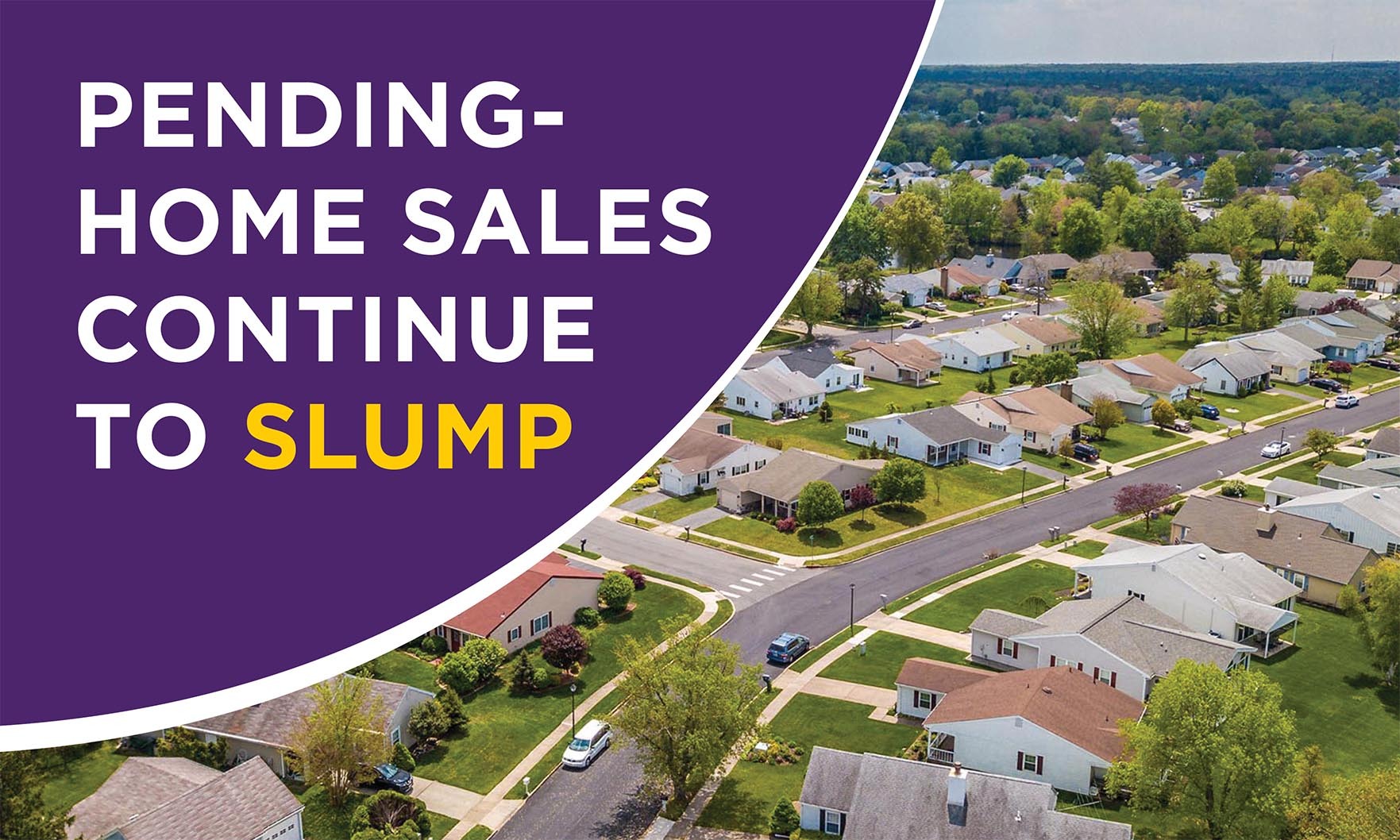
“Buyer demand is still intense, but it’s as simple as ‘one cannot buy what is not for sale.” — National Association of REALTORS® chief economist Lawrence Yun

Housing inventory should reach pre-pandemic levels by the end of 2024, according to the results of Zillow’s latest Home Price Expectations Survey. More than 100 market experts and economists weighed in to predict upcoming trends.
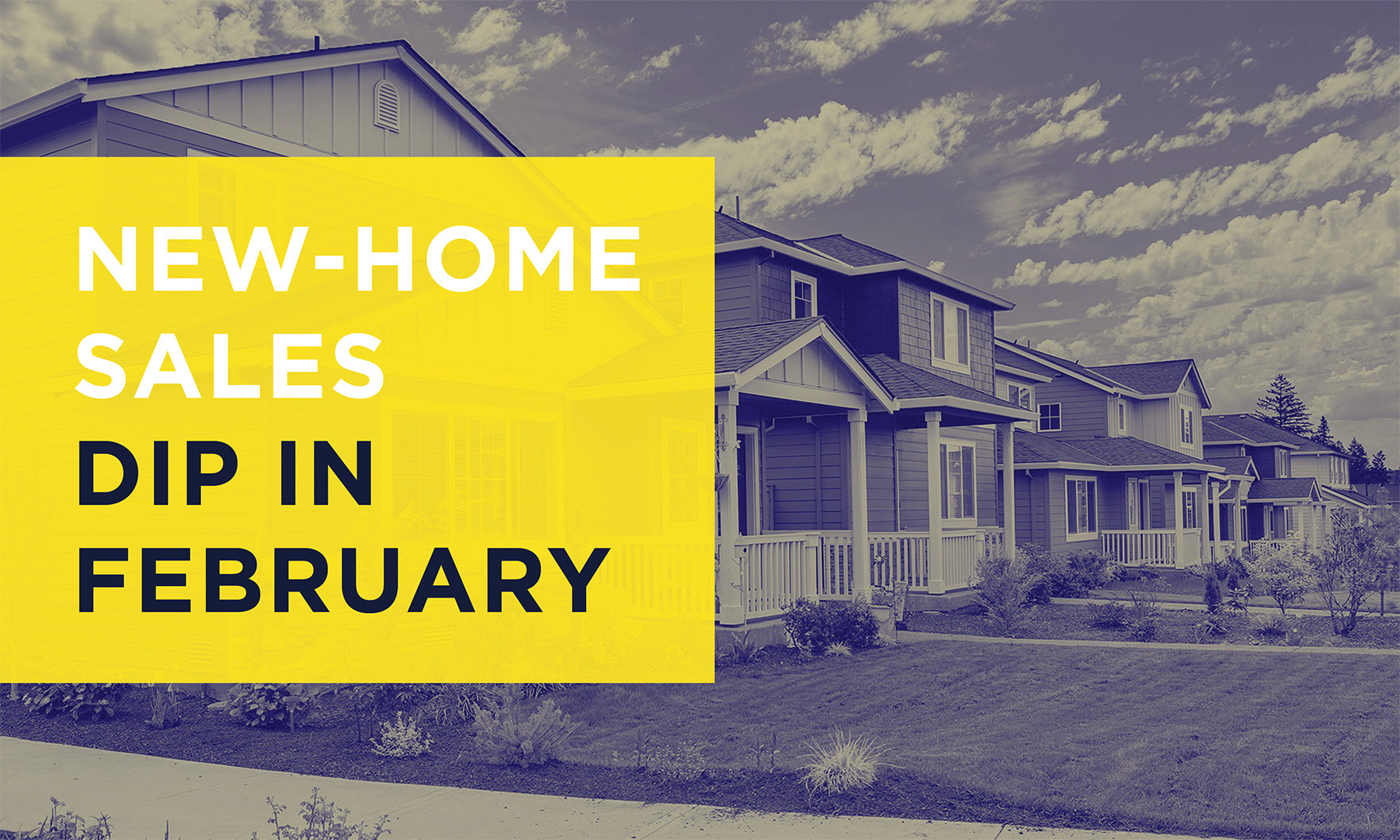
Affordability and supply-chain issues continued to weigh on the sales of new single-family residences.
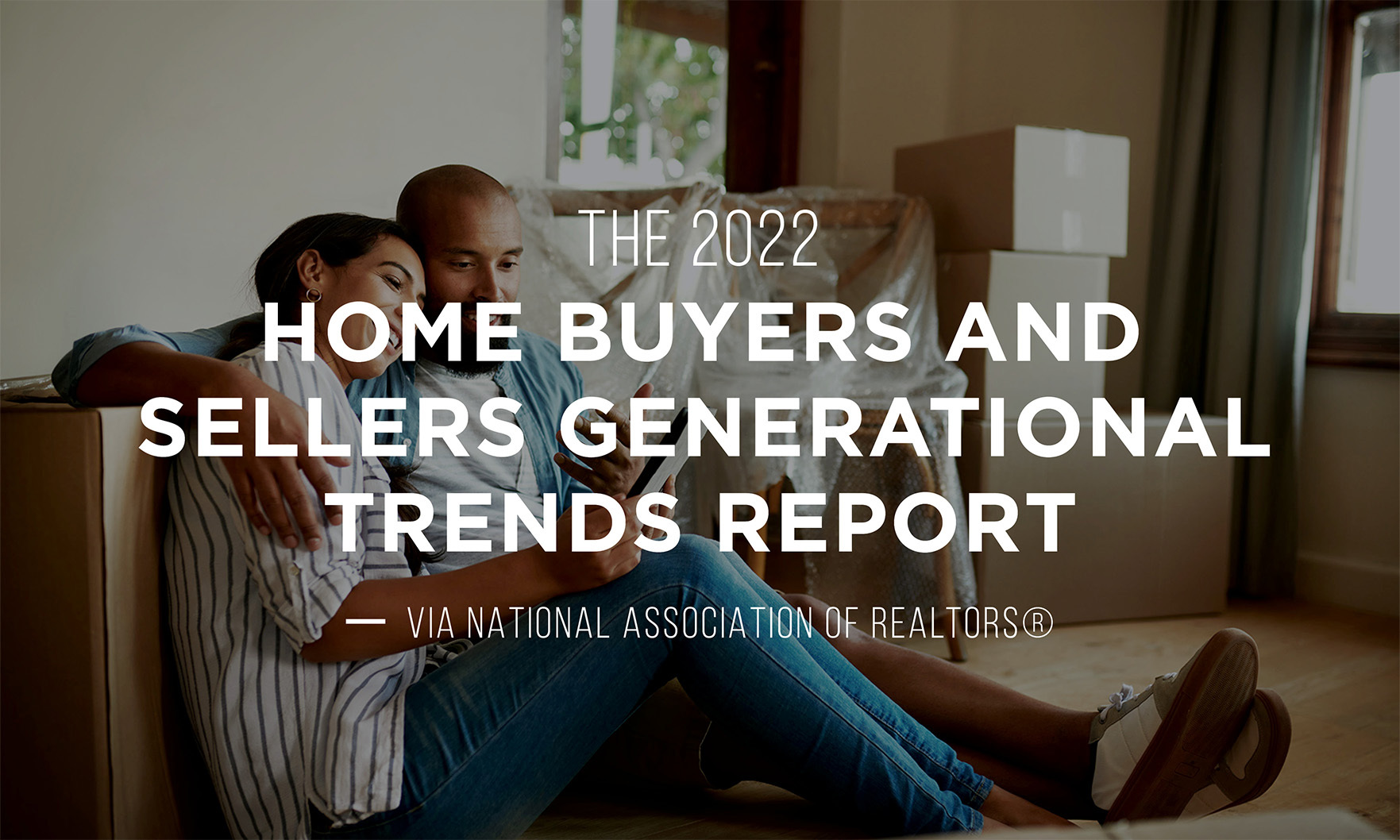
What does the current generation of homebuyers and sellers look like? How old are they and how are they doing business? NAR has answers.
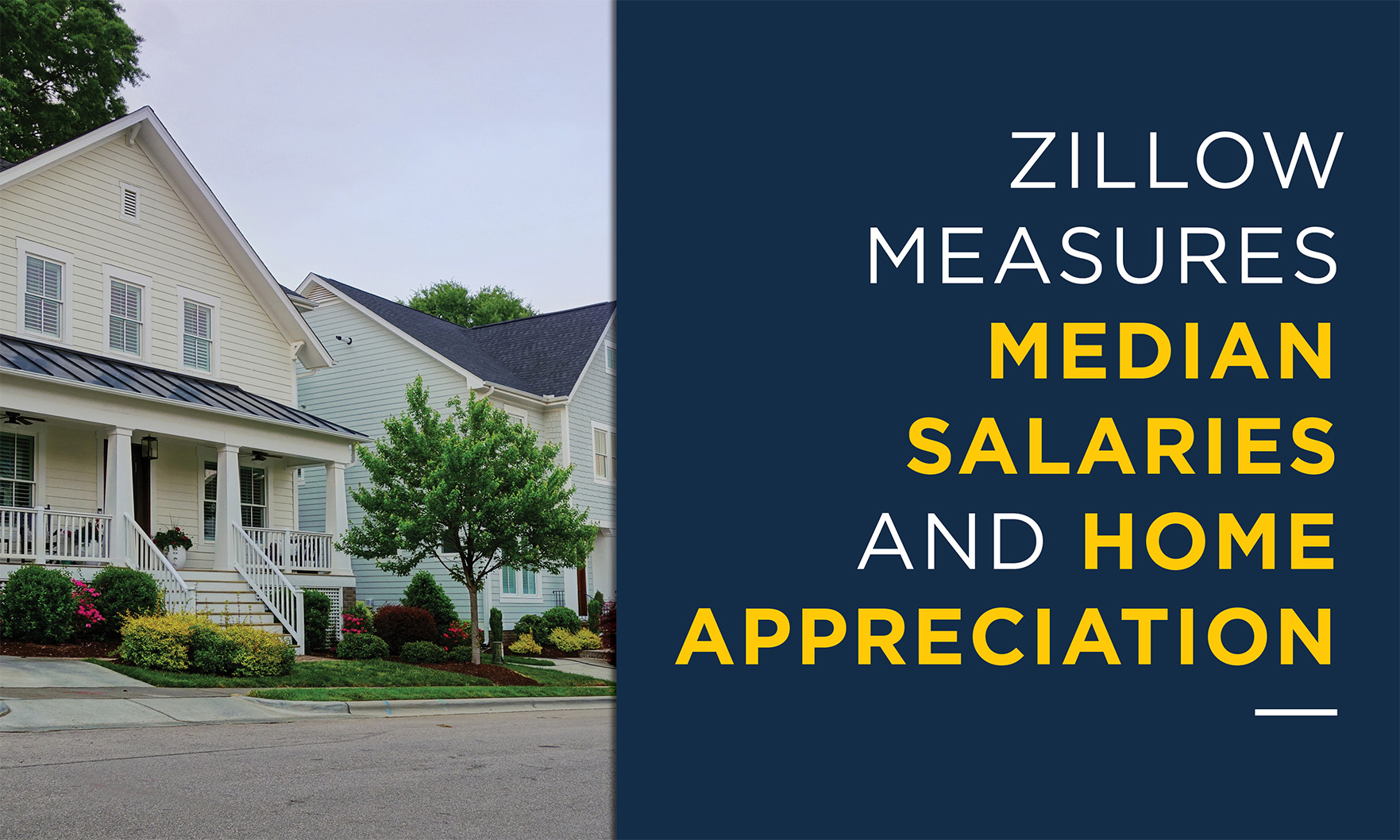
Home value appreciation was greater than median earnings in 25 of the largest U.S. metro areas in 2021, a Zillow report found, and Seattle was no exception.
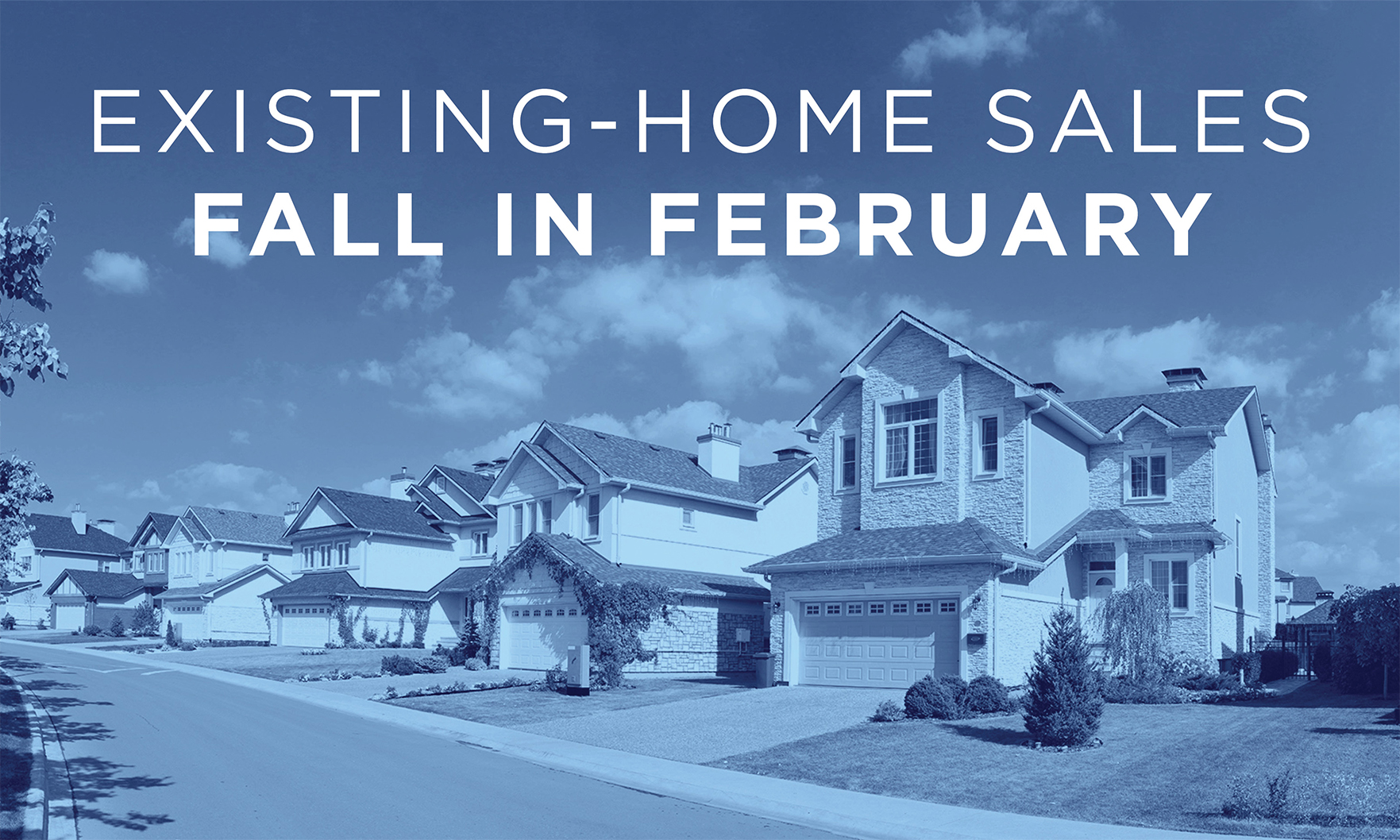
The median existing-home price for all housing types in February was $357,300, up 15% from a year before, as median prices rose in each region.
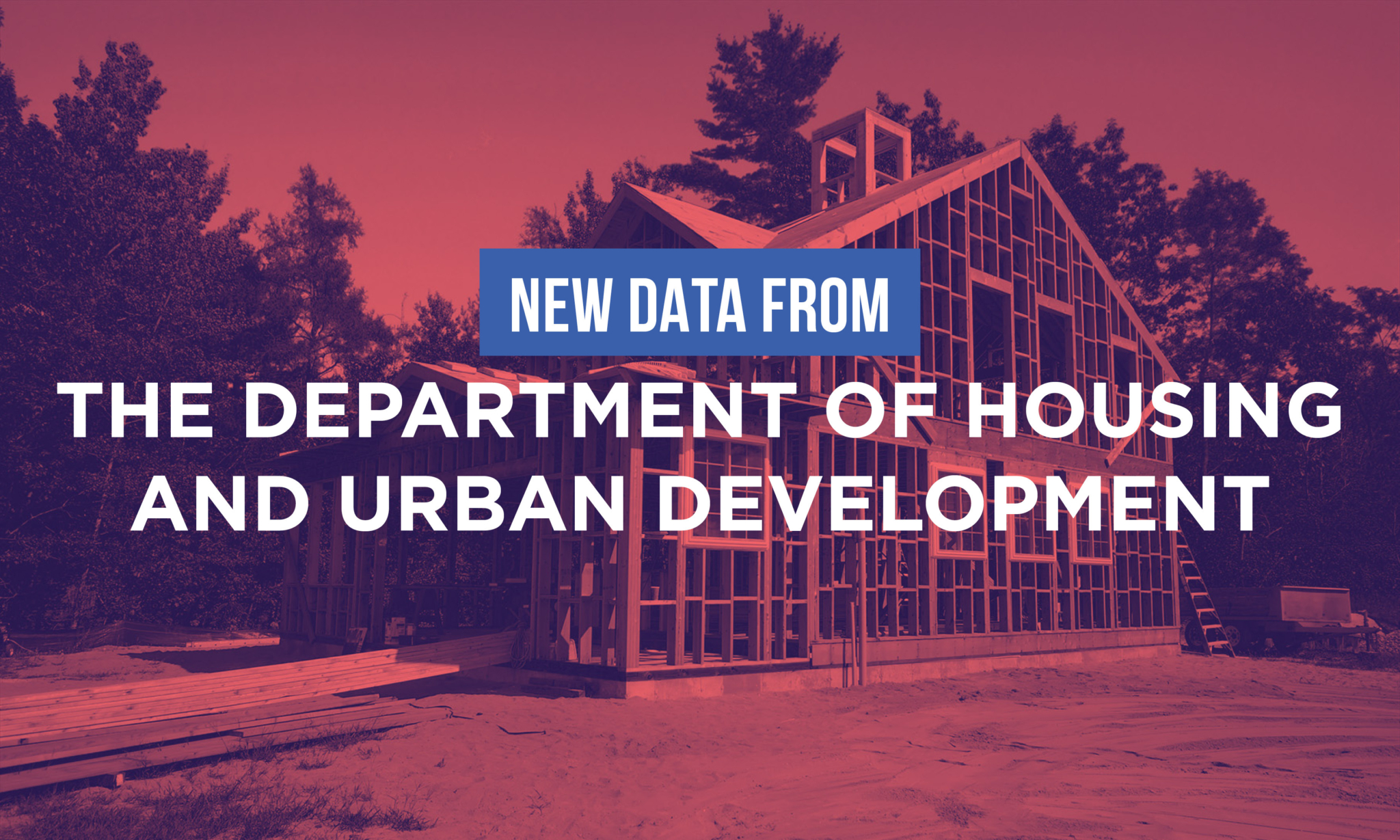
“More groundbreaking is welcome news for a supply-starved housing market.” — First American deputy chief economist Odeta Kushi
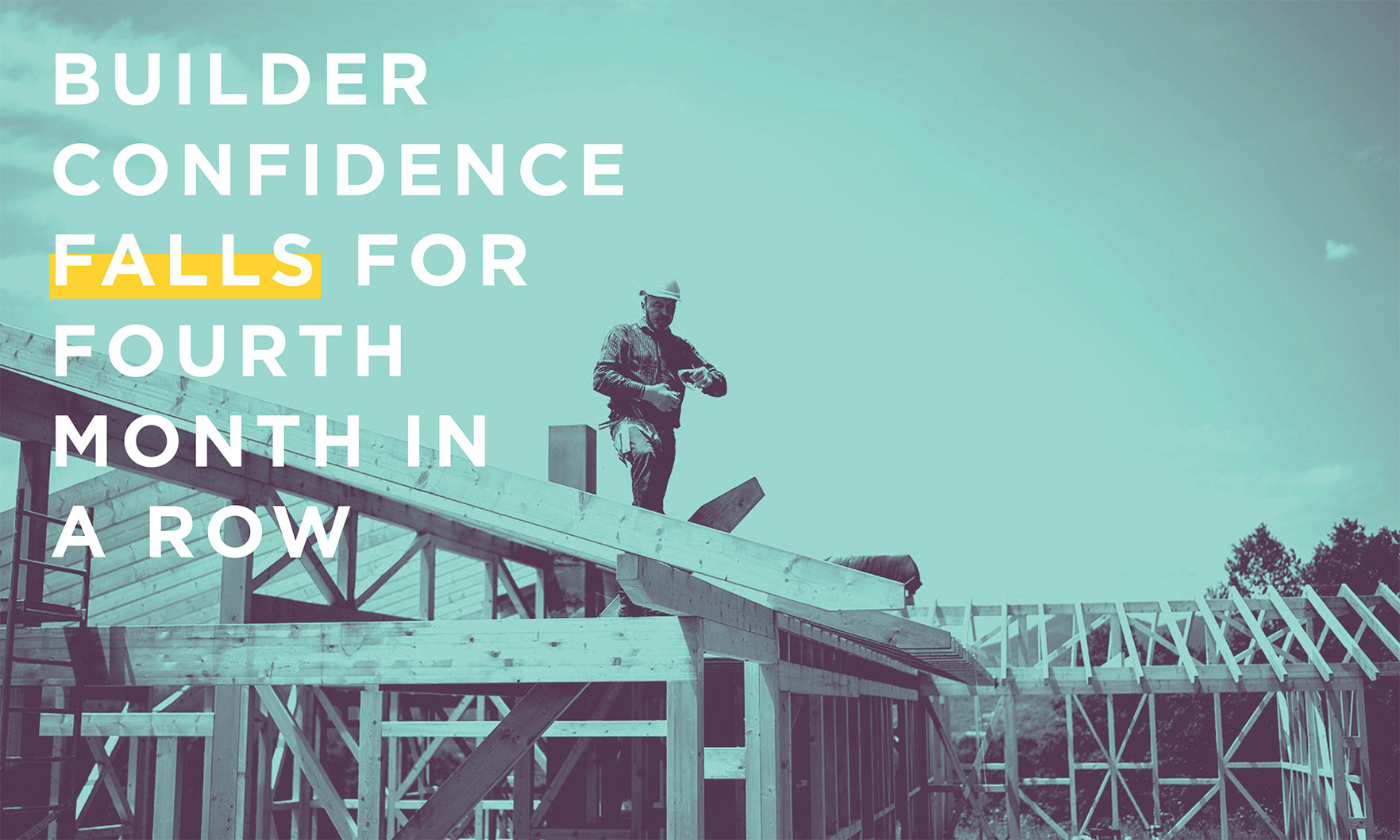
The measurement of six-month sales expectations among homebuilders took an especially negative turn in March, according to the National Association of Home Builders.

“Investors are weighing the impacts of rapidly increasing inflation in the U.S. and many other parts of the world against the potential for a slowdown in economic growth due to a renewed bout of supply-chain constraints.” — MBA associate vice president of economic and industry forecasting Joel Kan
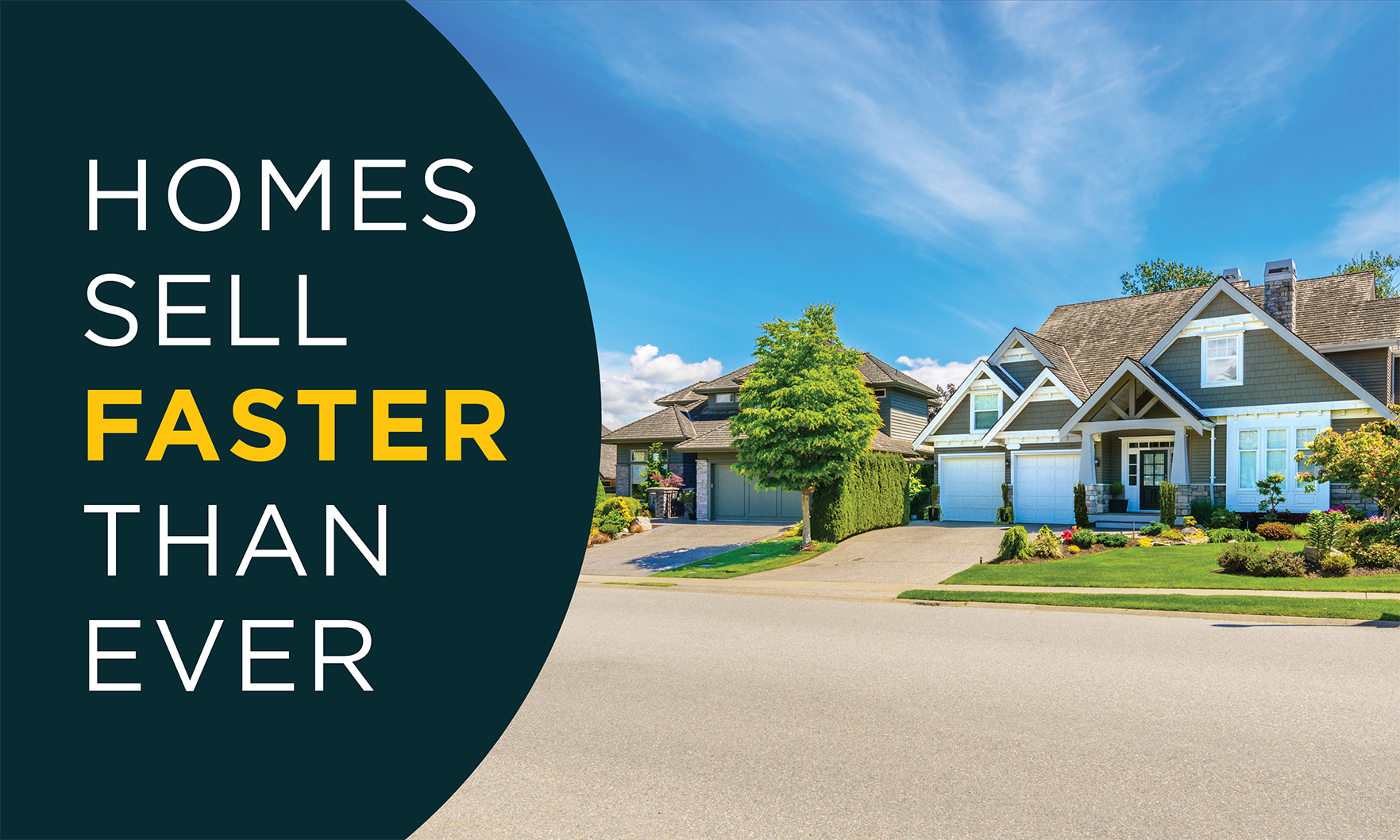
Of the homes that went under contract during the four weeks ended March 6, 58% had an accepted offer within the first two weeks of going on the market, and 45% had an accepted offer within just one week, Redfin reported.
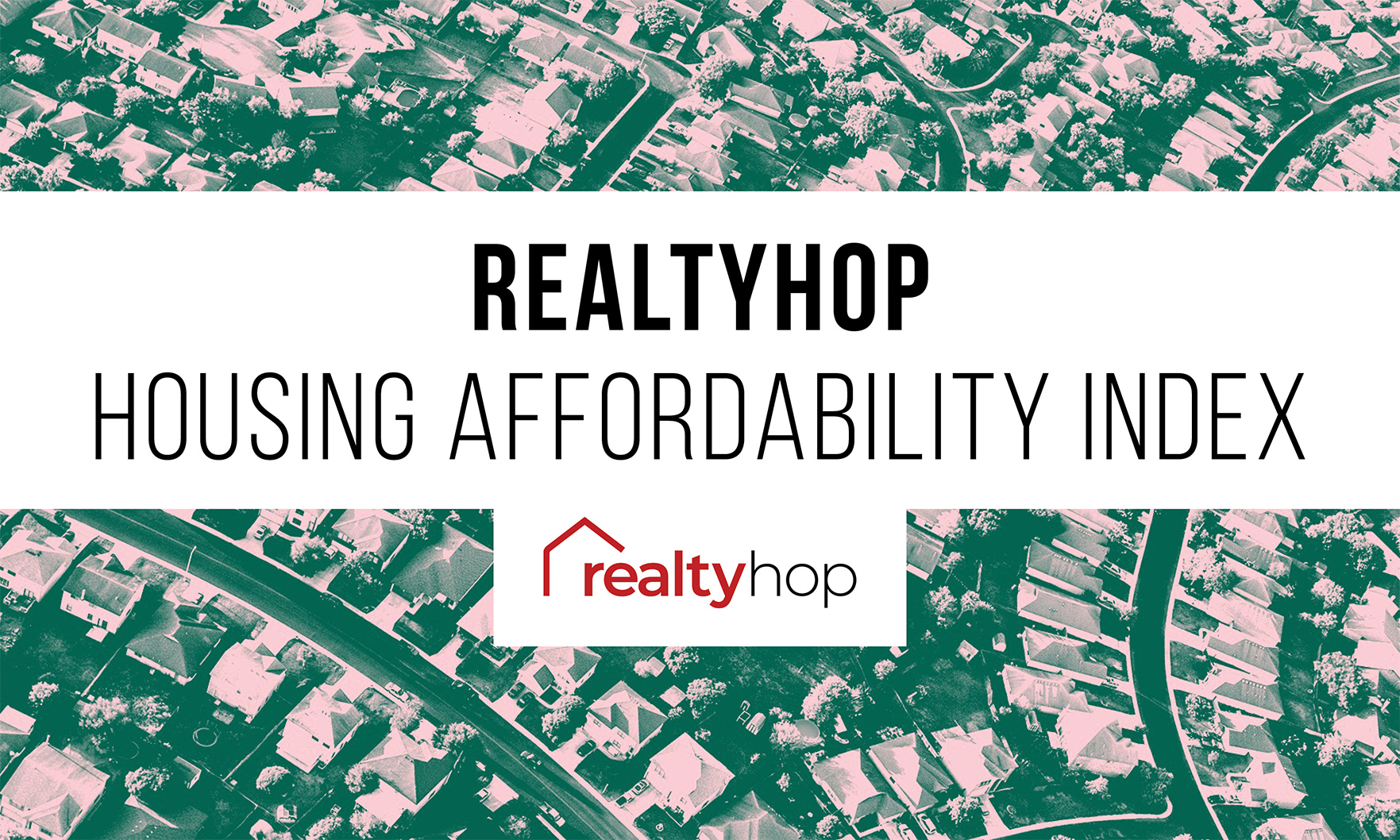
Seattle housing is among the most expensive in the nation, but the city’s median income also ranks high, balancing out its placement on the index.
